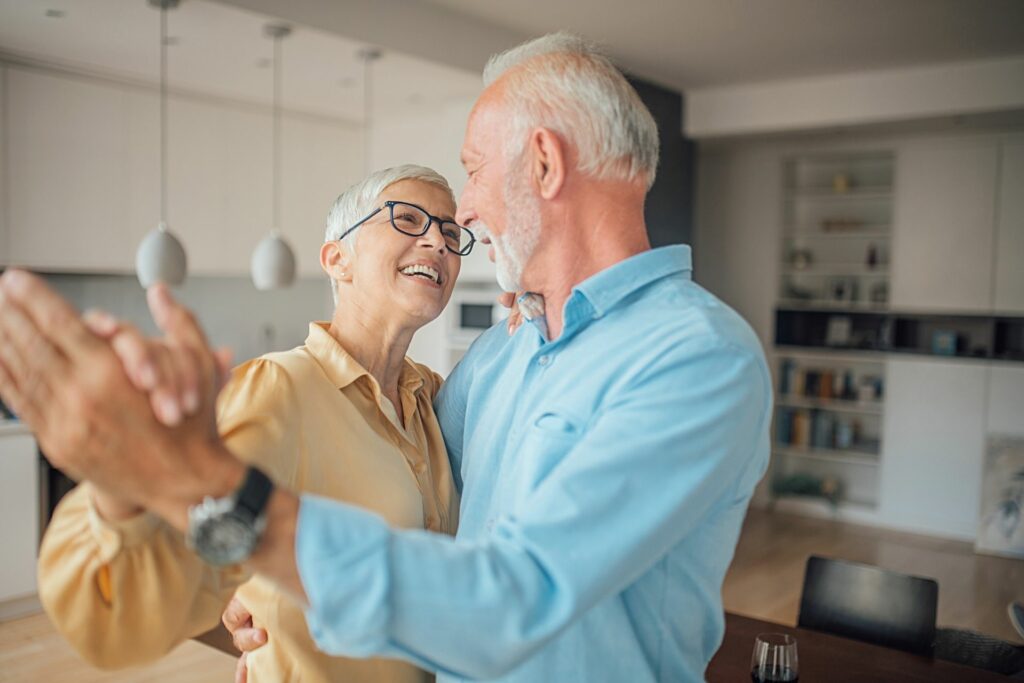
Varicose Veins
Whether it’s because your veins are uncomfortable or unsightly, getting them treated at Prime Health is very s...

Varicose veins are a common condition in adults and typically appear as enlarged and swollen veins on the feet and legs. Varicose veins are purple or blue in colour and can feel bumpy and look twisted.
If you have varicose veins, then you may also experience these symptoms:
You can expect these symptoms to become worse when the weather is warm or if you have been stood up for a while. Walking around or raising your legs when you sit down can help to reduce them.

A varicose vein is one that has become swollen and enlarged over time and typically affects veins in your legs.
Many people notice varicose veins because of their appearance and feel that they are unsightly to look at, which can be of cosmetic concern.
Other people will find that their varicose veins cause them ongoing pain, aching and discomfort. In rare circumstances, varicose veins can cause more serious medical concerns which may need addressing by vascular specialists.
The main reason that varicose veins appear is because your blood is not flowing through your veins properly.
In non-varicose veins, the blood flows from your superficial veins into deep veins inside your muscles before flowing back to your heart. The valves inside each vein work to support your veins to keep the blood flowing in the right direction.
However, in a varicose vein, the valves do not function effectively and this allows the blood in the surface veins to pool and swell, resulting in the blue and purple veins you may see under or bulging from your skin.
There are a range of factors that increase the chances of someone getting varicose veins, but typically people in the following two groups are most at risk of developing them:
People with a family history – those with a family history of varicose veins are more likely to suffer from varicose veins
People who have experienced a blood clot in their legs (Deep Vein Thrombosis) – if your veins have had a DVT this can damage the valves in the veins and increase the risk of varicose veins developing.
If you are worried that you may have varicose veins then it is sensible to arrange an appointment with your GP or a vascular specialist.
If your varicose veins are not affecting you, then your GP may provide you with some self-care guidance and ask you to return if anything changes. However, if you are experiencing other symptoms then an appointment with a vascular specialist could be beneficial. As part of an assessment, a vascular specialist would carry out a vascular scan, which would enable them to explain the underlying cause of the varicose veins and to explain the treatment options.

There are a range of treatment options for varicose veins that range from general self-care to surgical interventions. Working out which route you should take should be done with the professional advice of a vascular specialist to ensure you achieve the best outcome for you.
It’s important to note that varicose veins do not always require treatment and many people can tolerate them, but if you find that they are causing you pain or you are embarrassed by their appearance, then one of the following treatment options may work for you:
Before considering medical treatment, it makes sense to try helping yourself first. This includes:
Laser treatment works by sealing the veins that are varicose using laserThis a minimally invasive option that can be performed under general anaesthetic but more frequently using local anaesthetic. The surgeon numbs the affected area with a local anaesthetic and under ultrasound control, inserts a laser fibre to seal the vein.
This treatment can be performed in a dedicated outpatient treatment room and patients can return home after a 30 minute or so recovery period.
Foam Sclerotherapy may be an alternative non-invasive option to EVLT/EVLA. With this procedure, a chemical is injected directly into the affected vein. The liquid is mixed with air and as a result, turns to a foam which damages the vein resulting in its closure.
If it is felt that the non-invasive treatments are not suitable for your case, then you may be offered a surgical option. The most common surgery for varicose veins is ligation and stripping which involves tying your affected vein and then removing it. This procedure can only be performed under a general anaesthetic. However, NICE guidelines indicate that treatment with endovenous techniques or foam sclerotherapy should be carried out in preference.
At Prime Health we work with a specialist and dedicated vascular team of healthcare professionals who are highly qualified and experienced in the assessment and treatment of varicose veins in an outpatient setting.
Our team are available to answer any queries you may have, so contact us and find out how you can take the first step towards treating your varicose vein problem.
If you don’t have a referral from a health professional, you can now easily self-refer for an MRI scan at Prime Health. We offer daily appointments, allowing you to choose a time and date that suits your convenience.
